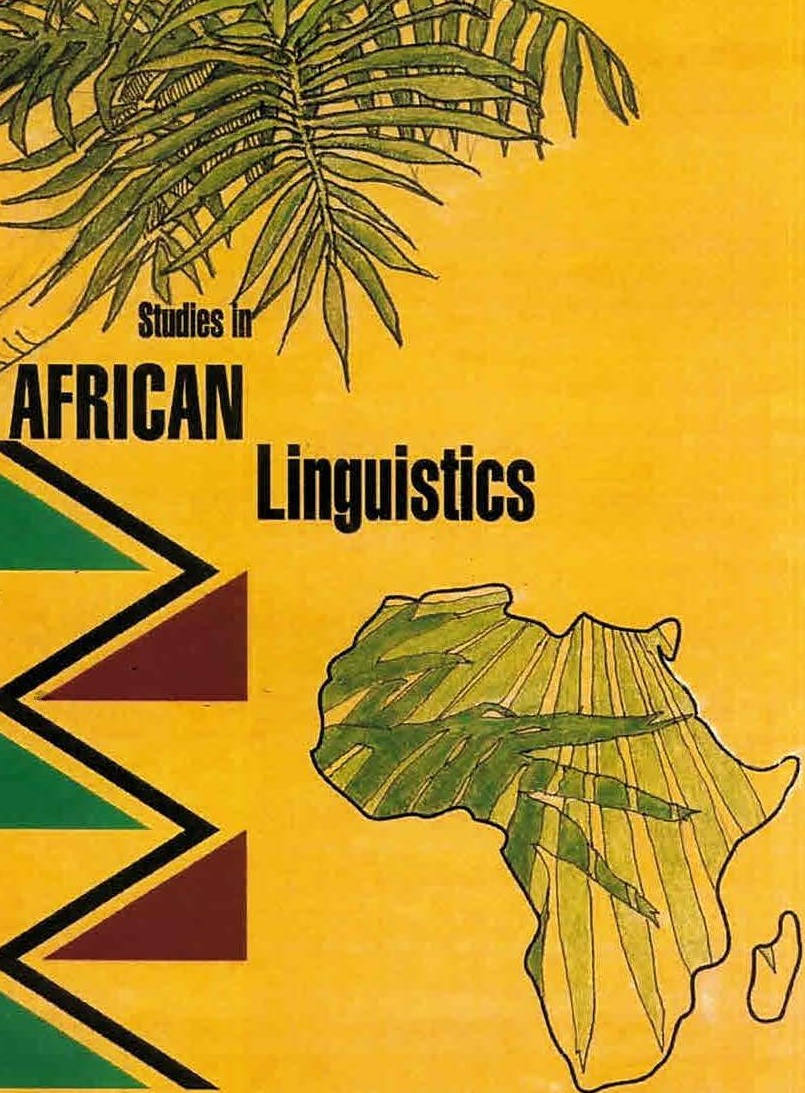Nominal and verbal number in Bilugu Opo
DOI:
https://doi.org/10.32473/sal.v48i1.114929Keywords:
Nilo-Saharan, Koman, Opo, T'apo, Opuuo, number, general number, transnumeral, associative number, participant nominalization, verbal number, pluractional, pluractionality, event number, participant number, animacy hierarchyAbstract
Opo (a.k.a. Opuuo, Tʼapo [lgn]), a Koman language spoken in Ethiopia and South Sudan, has complex and interesting systems of both NOMINAL NUMBER and VERBAL NUMBER. This paper provides a description and analysis of these systems as found in the Bilugu dialect of Ethiopia, using Corbett's (2000) model of number systems as a theoretical framework. In Bilugu Opo, NOMINAL NUMBER marking is divided along the animacy hierarchy into two systems. The TOP SYSTEM, encompassing all human referents, marks singular ~ plural opposition via a variety of morphological strategies (lexical, derivational, and inflectional) and patterns (marked plural, marked singular, and both marked). The SECOND SYSTEM, encompassing all non-human referents, encodes GENERAL NUMBER. In the Opo verb system, VERBAL NUMBER (Corbett 2000) or PLURACTIONALITY (Newman 1990) is attested for just under half of verbs. These verbs can be organized into two groups: a large group which derive a plural stem through morpho-phonemic means (tone modification, vowel gemination, and reduplication) with unpredictable semantics, and a small group which derive a plural stem through lexical means (suppletion and stem alternation) with more predictable semantics.


